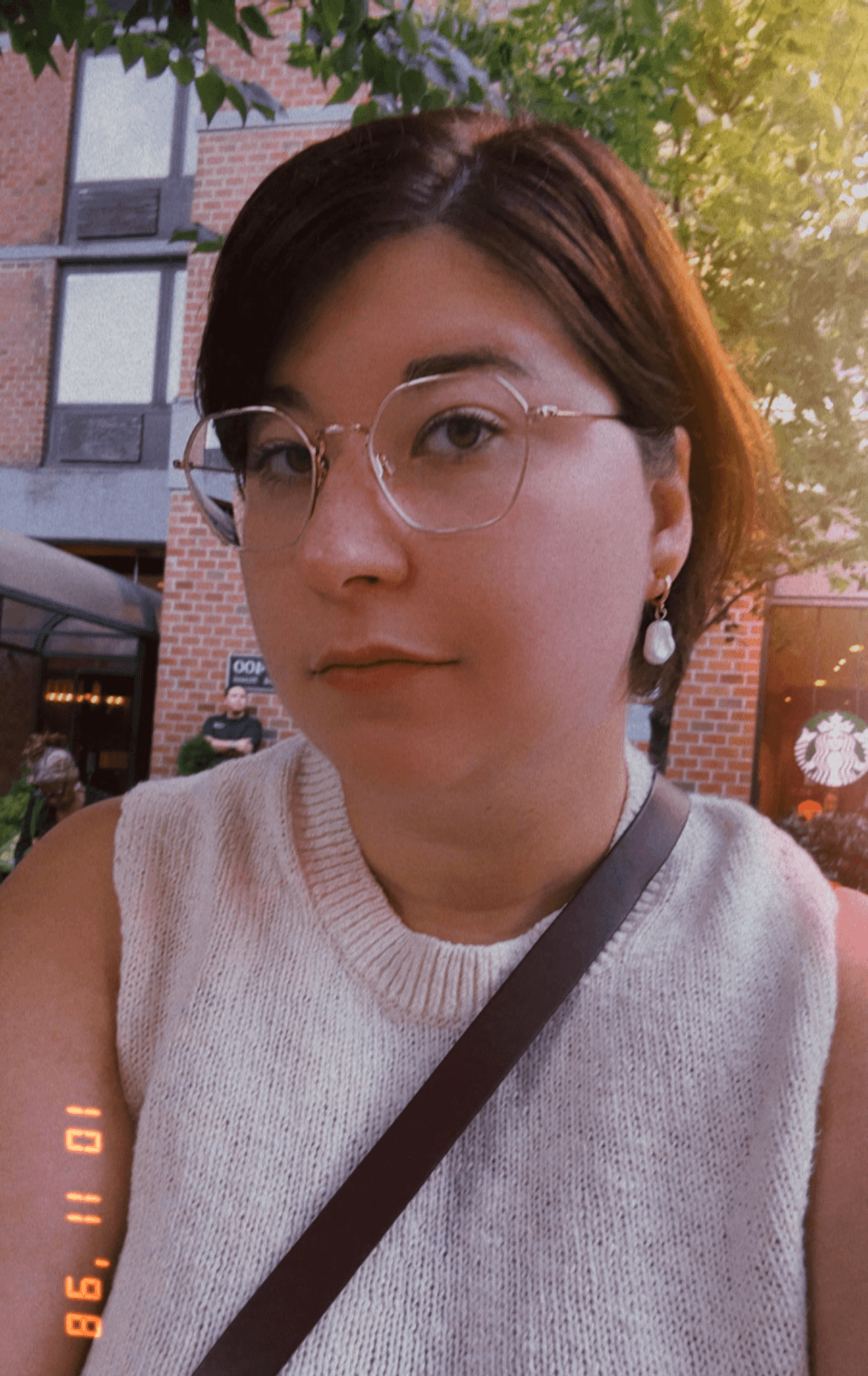We were lucky to catch up with Samia Fakih recently and have shared our conversation below.
Samia, looking forward to hearing all of your stories today. How did you learn to do what you do? Knowing what you know now, what could you have done to speed up your learning process? What skills do you think were most essential? What obstacles stood in the way of learning more?
I’m a visual artist who loves making illustrations of everything, and I do mean everything. I have spent thousands of hours on classes, tutorials, books, podcasts, videos, all about how to watercolor, or use gouache, or practice digital art. But in the beginning of my road, absolutely nothing prepared me for how hard it would be to actually learn how to <i>learn art</i>. Although making art had been a part of my life for as long as I can remember, finding a way into the practice was harder than I thought. No one tells you it’s all fun and games until your eyes are practiced enough to see flaws in what you do, and joy can quickly be replaced by frustration.
It took me a while to realize that the problem was that I was trying to do everything at once. In every piece I would try to draw the right anatomy, the correct pose, interesting character styling, proper shading, utilize a good color palette, and even make a background on top of all that. I usually gave up on the background though because at that point I was exhausted. I was limiting myself by placing unrealistic expectations on each piece and then failing to meet those expectations. Talk about setting yourself up for failure.
I didn’t know how to learn, which involves approaching things systematically, with purpose and conscious intent. It wasn’t until I broke things down into units for myself that I began to actually learn and improve. Practice poses for a while, practice shading for a while, just do a page of noses for a while, and not worry about making a finished final piece. That’s still how I go about my daily skill-building. Every day I chip away at some aspect of my work that I still feel like isn’t quite good enough. And every day, I have to remind myself that sometimes learning is the point, regardless of the result.

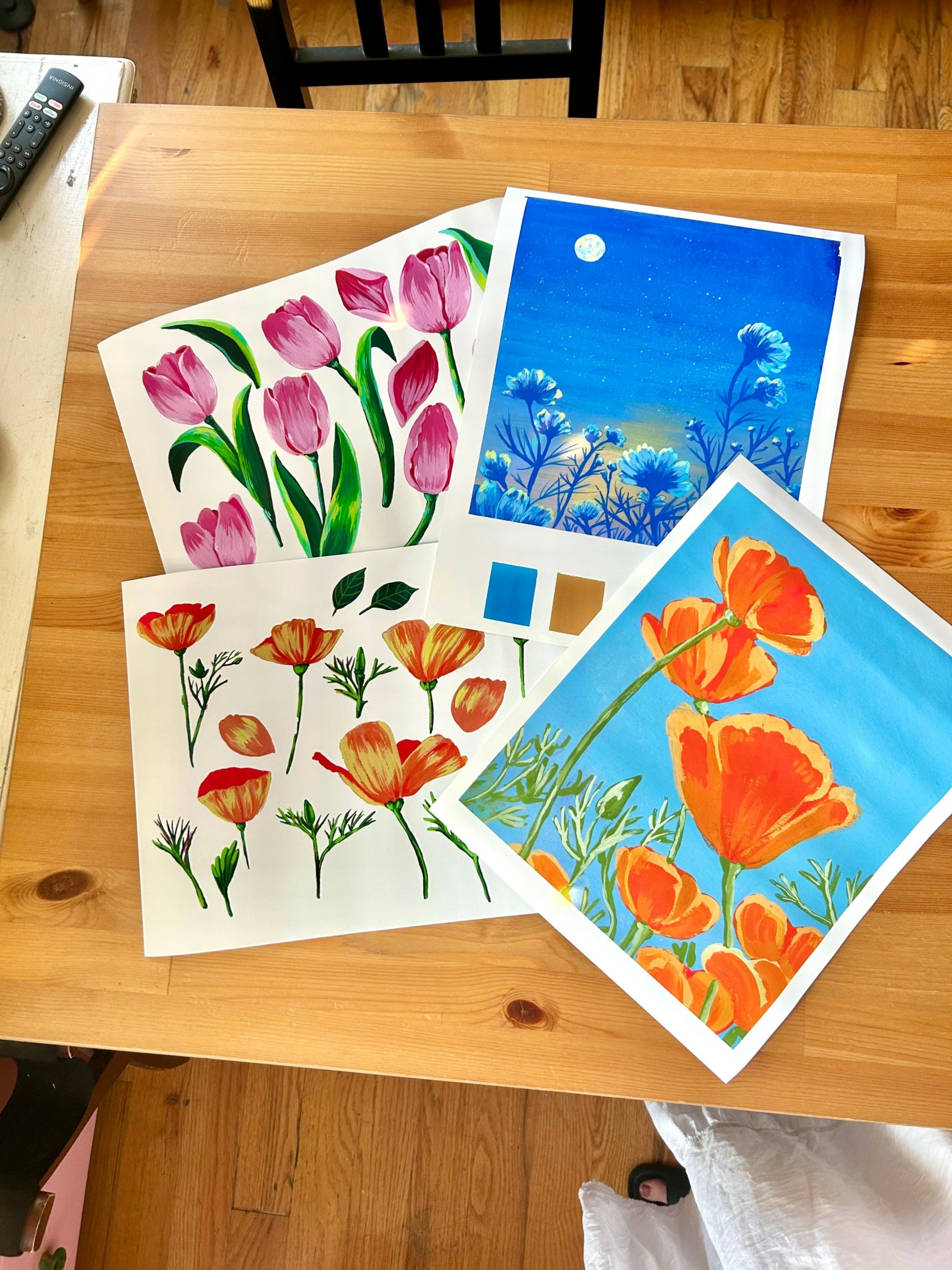
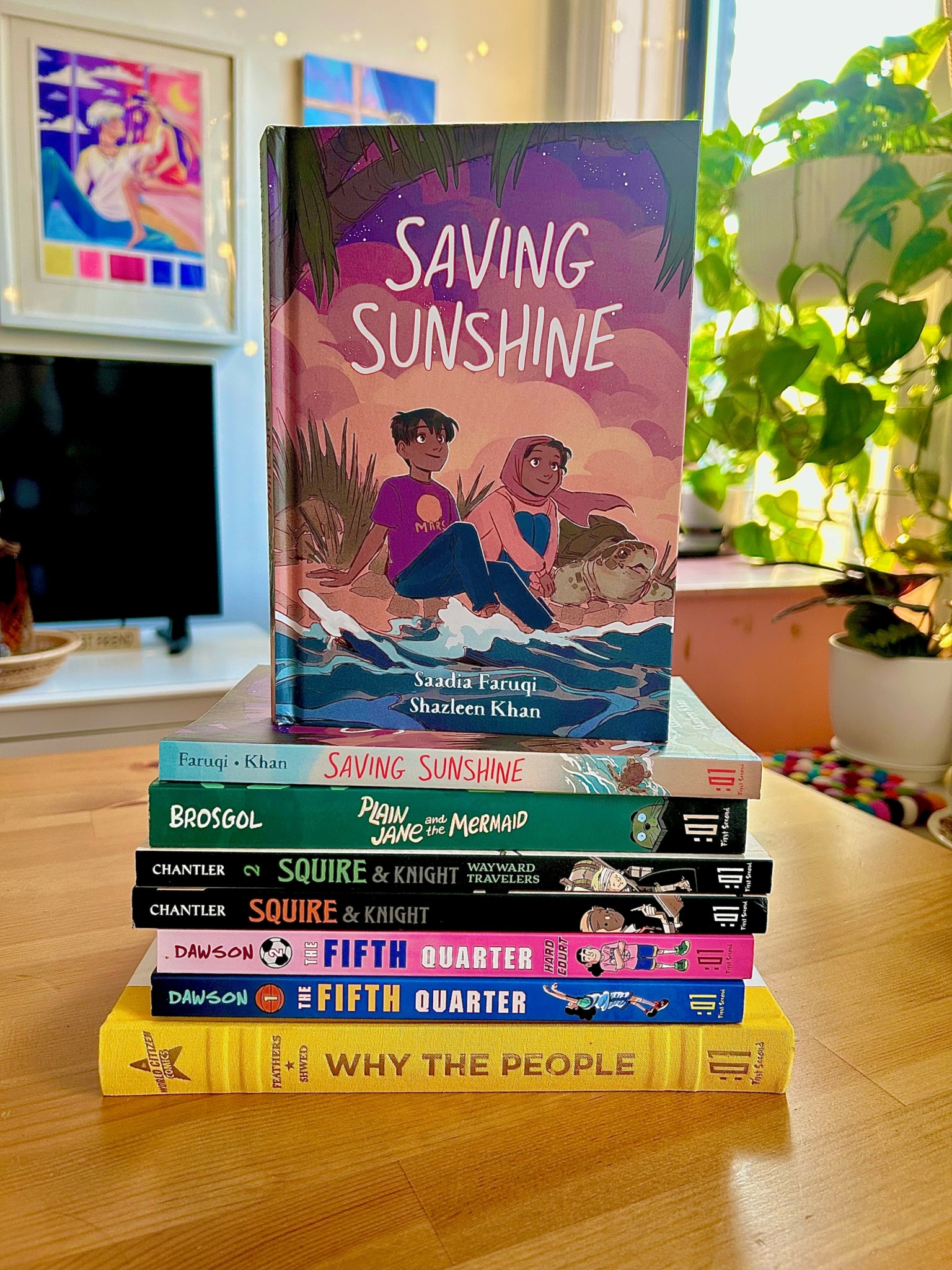
As always, we appreciate you sharing your insights and we’ve got a few more questions for you, but before we get to all of that can you take a minute to introduce yourself and give our readers some of your back background and context?
My artistic career these days is that of a painter and writer. As an artist, I mainly create two types of work: elevated fanart, by which I mean the artsy-est, brightest, most painterly pieces of my favorite fictional characters, and highly pigmented paintings of still-lifes and plants. After the pandemic, I gained an almost religious belief in the power of art in physical spaces, and beauty in the ordinary. My paintings grew brighter, and my motivation for making them simply became “to make someone smile,” or to make the living room a little happier. We see and breathe color in our everyday world, but at one point our small spaces <i>were</i> our whole world, and for many that’s still the case. So, my mission is to make as much colorful artwork as I can, so that people can bring more color into their spaces of comfort, and make it part of their home. This has pushed me to make videos others can enjoy on social media, to talk about color harmony whenever I can, and to run a growing online business for prints and originals of my work. My day job is that of an editor of graphic novels at First Second, and for the most part, it’s very complementary to my creative life. As an editor, I have a lot of authors who have sought me out and entrusted their stories to me, because they trust me as a fellow artist as much as an editor. It makes my job far easier as well, since art has given me the visual vocabulary and first-hand experience to talk to them about their work, problem solve, and just commiserate sometimes.
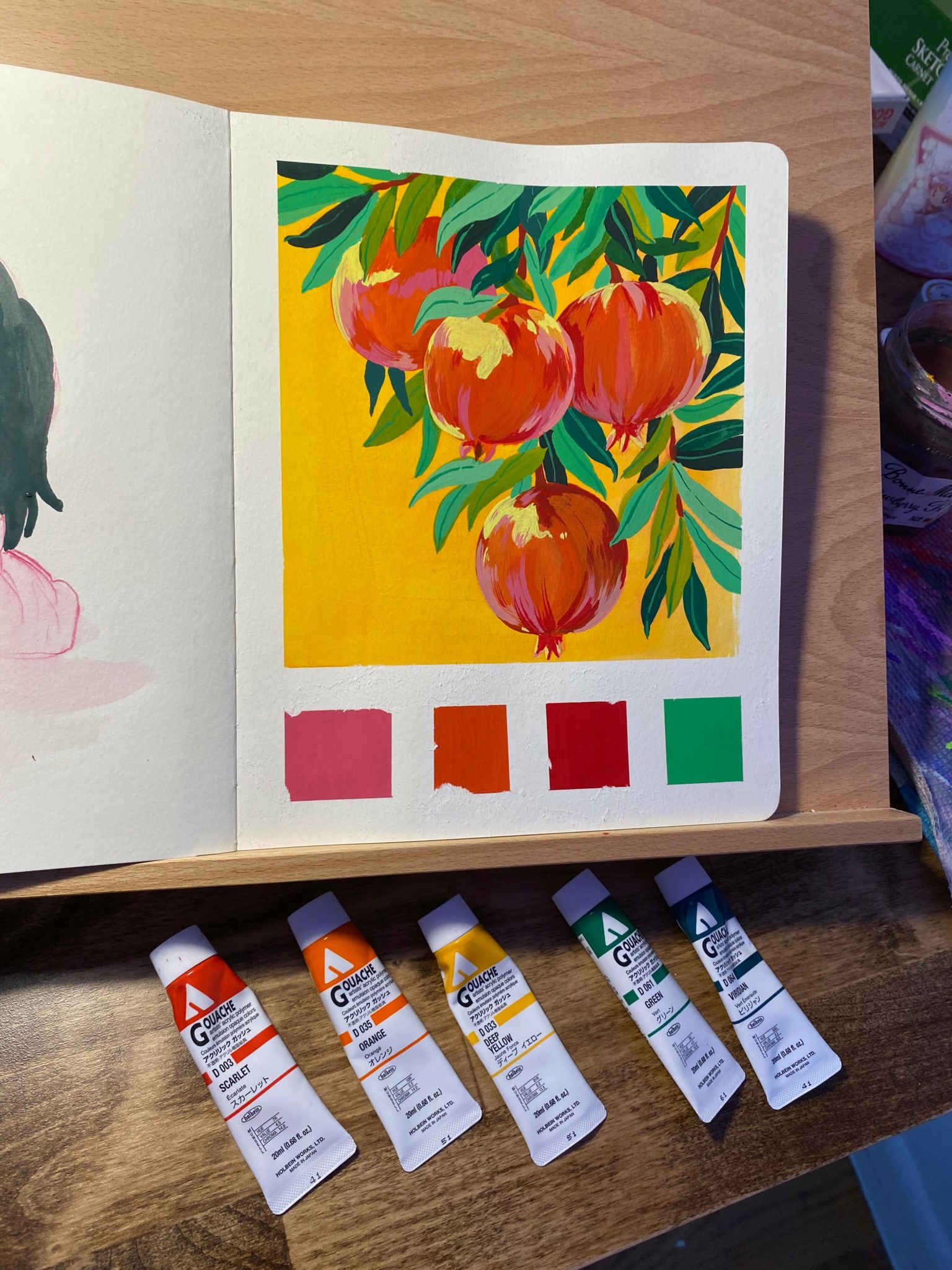


What’s a lesson you had to unlearn and what’s the backstory?
There’s two related lessons that I want to unpack because it’s classic, snobby advice, and it slowed me down the most. “Tracing is bad” and “always take your own reference photos, NEVER use someone else’s.” First, tracing work and passing it off as your own is bad. Always. But what no professor ever taught me to do was do “breakdowns.” Breakdowns are when you draw over or “trace” a difficult pose or composition so you can see things like the curve of the spine, the negative space between two objects, the proportions of a body at an unusual angle. It’s a way to pull out the basic structure of things, to see how they work. This can be the step before you draw accurately from observation and it is the only thing that works for me. Some artists are great at seeing things in their head before they draw, and have sharp visual memories. I happen to have a fuzzy one, and finding accurate forms is rather like a fact-finding mission on paper for me. I draw approximations and observe, erase, redo, because I need to see the map of my own mark-making on paper. Doing breakdowns is absolutely necessary for me, since I have a hard time getting the actual proportions correct without sharp reference. But because I was never taught that, and only knew the evils of tracing, I never did it. And regarding reference images, this slowed me down further. I thought I couldn’t use photos online to learn from, and since I would only take my own reference photos, I was incredibly limited in how I could learn. After all, I am not a cat, or a tall man, or a small toddler, nor did I have access to those things late at night when I was working in my sketchbook (I got very good at hair though, since I changed my own so often.) For years of practice, I never knew how to do breakdowns, and I never used online images for practice, and when I finally did…my skills improved more rapidly than they had in a decade at that point.
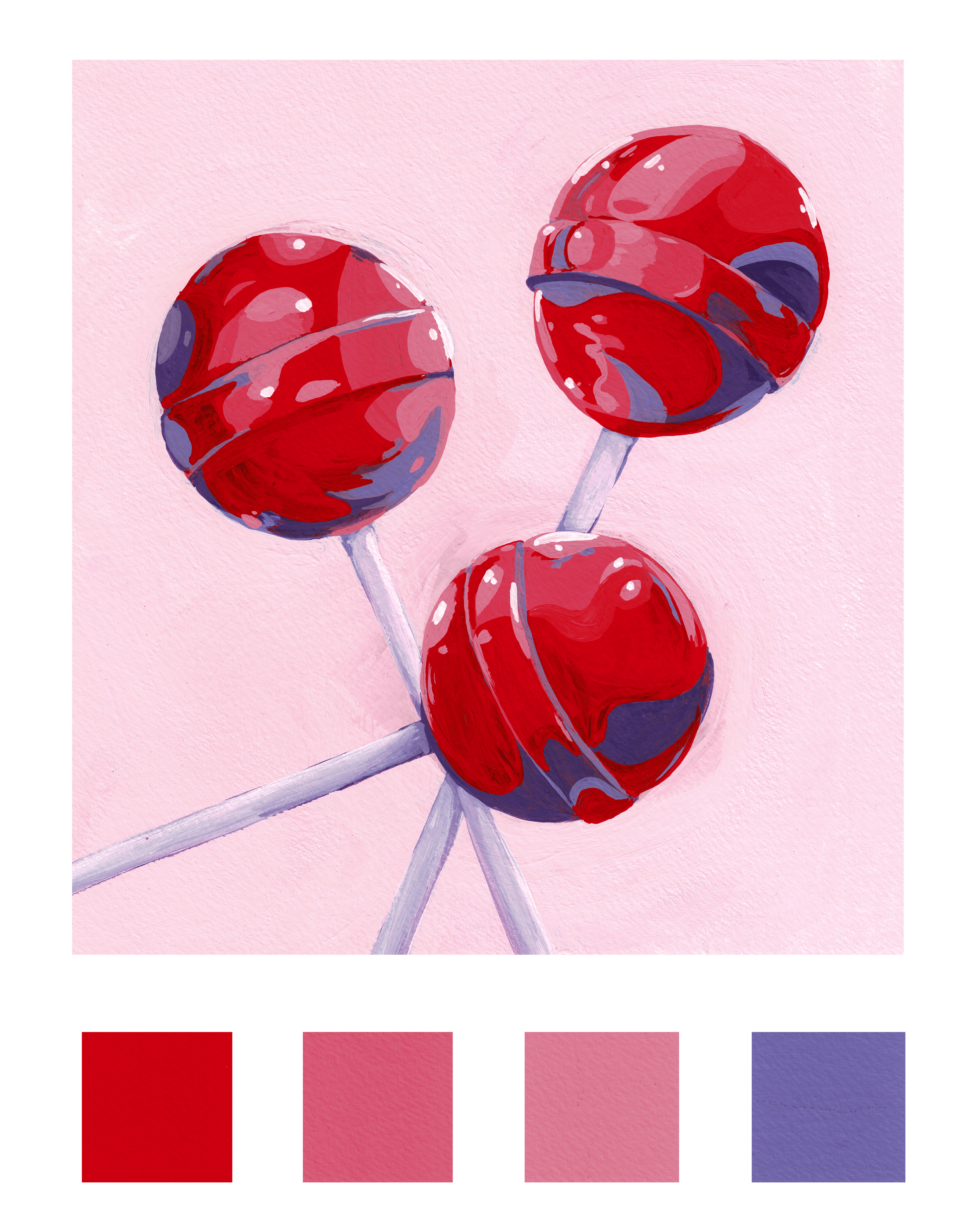
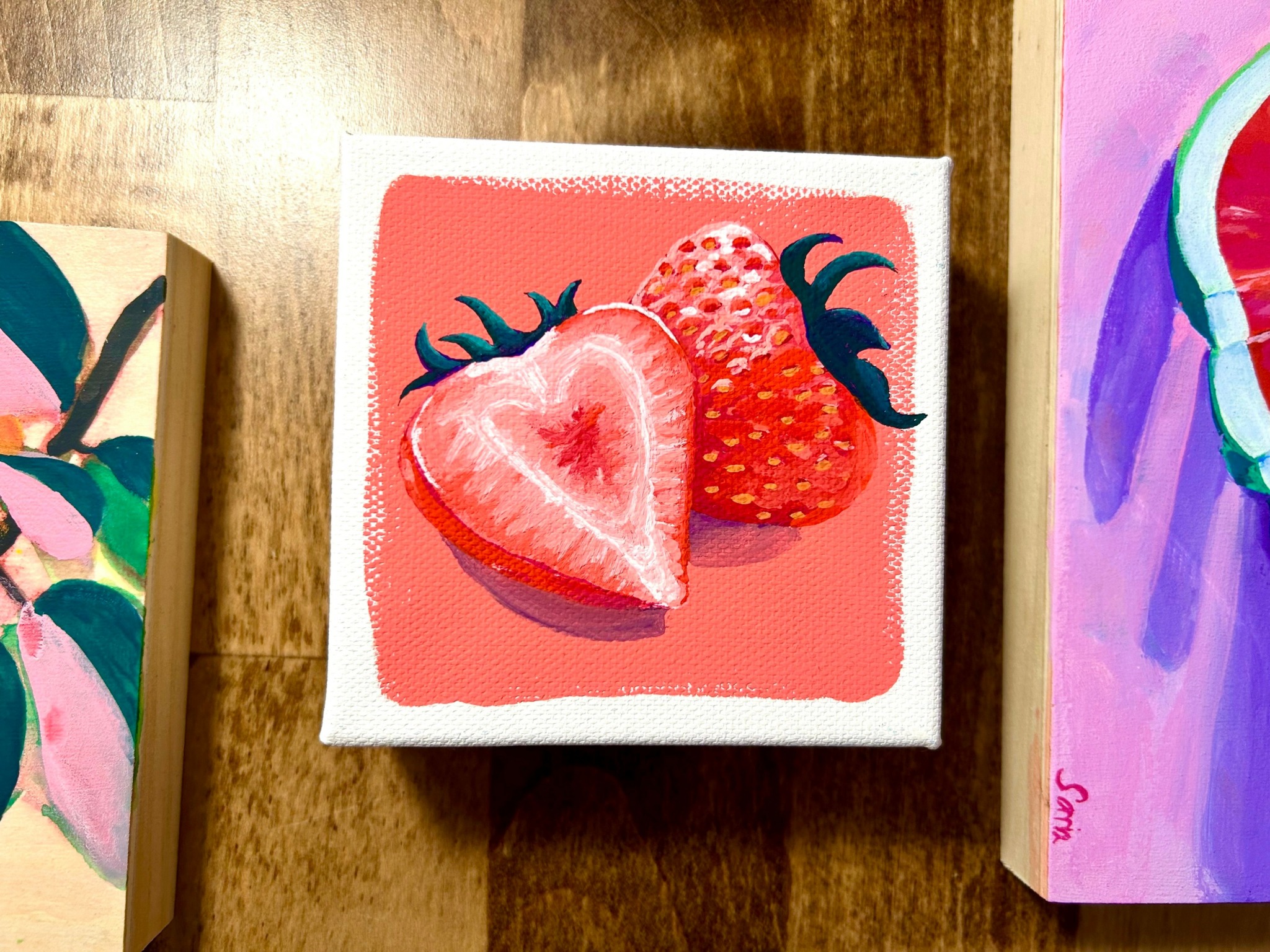
Can you share a story from your journey that illustrates your resilience?
It was the winter of my third year of undergraduate work, and I was excited to finally be taking higher art courses, including oil painting for the first time ever. I’d never used oil paint before and I bought canvases, my paints, a portfolio, all manner of supplies. But a week before the new semester started, my ailing father passed, and my mom and I were left to tend to our family business, a tearoom we owned at the time. We agreed he would want me to continue with my education, but I knew she would need help when I could spare it. The days and weeks that followed became a blur of commutes to the campus, stopping at the tearoom, fitting homework into some combination of late nights and train rides, and weekends where we were slammed, blessed with business but tragically short-handed. To this day I don’t recall much about those days, besides that painting class. Every friday, from 9-1:30 I showed up, bleary-eyed, hot coffee in hand, poptarts in my locker, comfy shoes and a dollar store apron. The work of learning a new medium, of learning how to really see color and every subtle variation, of how to analyze a composition and work accurately, smartly, from large strokes to small details—it absorbed me. It took all my attention and it’s only looking back that I realized how much my brain needed that mix of calm, quiet, intense, concentration. The work I made that semester represented me learning, and trying so hard in the face of such big, sad, impossible things. I don’t really know where I pulled that focus from, but those paintings are some of my favorite pieces that I made to this day.
Contact Info:
- Website: https://samiafakih.com/
- Instagram: https://www.instagram.com/artbysamiafakih/
- Linkedin: https://www.linkedin.com/in/samiafakih/
- Other: SHOP: https://www.etsy.com/shop/ArtPrintsBySamia TikTok: https://www.tiktok.com/@artbysamiafakih
Image Credits
all credits belong to me, Samia Fakih.


